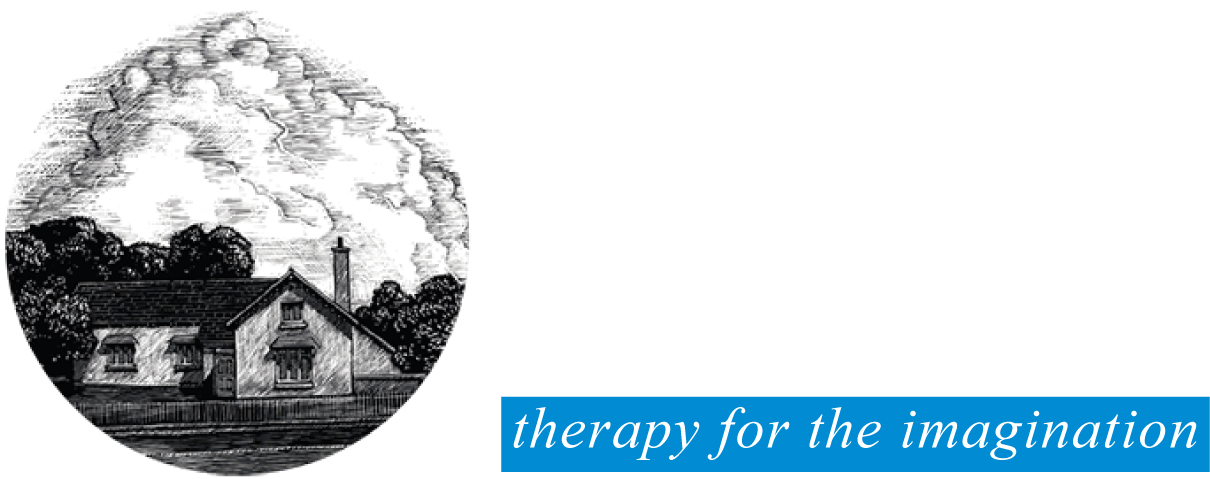NATURE PRINT | YANNY PETTERS
Day & Time: Thursdays, 10 am - 1 pm
Format: In-studio
Location: Enniskerry
Skill Level: Beginner & Intermediate
Please see detailed class information below
If this course is fully booked or not currently scheduled, go ahead add your name to the waiting list HERE
Payment plans available contact us directly
aBOUT THE CLASS
This technique of using plants to produce prints dates from the Renaissance, when they were used in medical and herbal books. Leonardo da Vinci is known to have experimented with this technique, and his print of a sage leaf is iconic.
Ink is applied to a pressed plant or flower, and a limited series of prints is created. The technique was developed to depict plants for identification of medicinal species. Prior to that, plants were only described in text, and drawings were quite primitive and sometimes inacurate. Botanical paintings were much too expensive to produce and couldn't be reproduced until etching and engraving were developed.
As with other art forms, once new ways of illustrating things came along like engraving, wood block and etching, nature print was superceded but has been used as an art form in fine art printing on and off ever since.
In Ireland the great Mrs Mary Delaney (1700 - 1788) experimented with the technique in the 1700s. The Botany department of Trinity College also holds examples of beautiful nature prints of ferns created by Henry Bradbury in the 1850s.
-
Description text goes here
-
Description text goes here
-
Leaves pressed in a heavy book.
Water based block print ink. Black and primary colours. Available from K & M Evans and Art & Hobby shop.
Lino Rollers x 2. Available from K & M Evans and Art & Hobby shop and most art suppliers.
Printing/etching paper. Available from K & M Evans - Fabriano Tiepolo 130gsm 70cm x 100cm Cut down to A3 and A4 approx.
Blotting paper A3
A3 or A4 piece of perspex/glass/steel/plastic. Must be smooth for rolling out ink. Could be a large biscuit tin lid for example.
A4 cheap paper, at least 20 sheets (also available from Yanny in studio)
News paper or Newsprint cut down to A4 and A3 - lots (also available from Yanny in studio)
Rags or kitchen roll.
Scissors
Tweezers
2b Pencil
Ruler
Latex gloves
Large tray (like cat litter tray) to fit paper (also available from Yanny in studio)
String and pegs or paper clips to hang prints to dry. (also available from Yanny in studio)
“Whatever it is, the way you tell your story online can make all the difference.”







